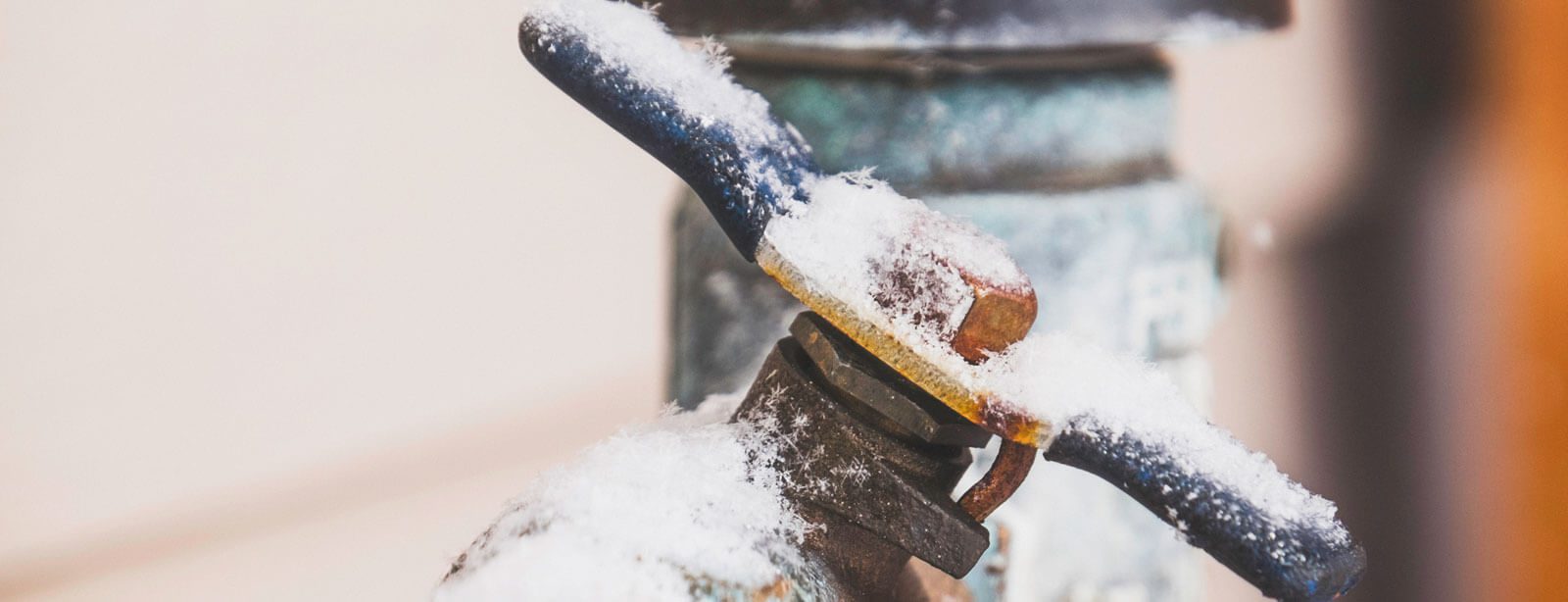Tips to Safeguard Pipes from Freezing: Professional Guidance
Tips to Safeguard Pipes from Freezing: Professional Guidance
Blog Article
The author is making a number of great pointers regarding Winter Plumbing Precautions: Preventing Frozen Pipes in general in this great article just below.

Cold weather can wreak havoc on your plumbing, especially by freezing pipes. Below's how to prevent it from taking place and what to do if it does.
Introduction
As temperatures decrease, the threat of frozen pipes boosts, possibly bring about costly repair services and water damage. Comprehending just how to prevent icy pipes is crucial for home owners in cool climates.
Prevention Tips
Shielding prone pipes
Wrap pipes in insulation sleeves or use warm tape to protect them from freezing temperature levels. Concentrate on pipelines in unheated or exterior areas of the home.
Heating techniques
Keep interior areas effectively warmed, particularly locations with pipes. Open cabinet doors to allow cozy air to flow around pipes under sinks.
Just how to identify frozen pipes
Search for reduced water circulation from taps, uncommon smells or sounds from pipes, and visible frost on exposed pipelines.
Long-Term Solutions
Structural adjustments
Take into consideration rerouting pipelines away from exterior walls or unheated areas. Include additional insulation to attics, basements, and crawl spaces.
Updating insulation
Purchase high-grade insulation for pipelines, attics, and walls. Proper insulation helps keep consistent temperatures and reduces the danger of frozen pipes.
Securing Exterior Pipes
Yard hoses and outdoor faucets
Disconnect and drain pipes yard tubes prior to wintertime. Set up frost-proof spigots or cover exterior taps with insulated caps.
Comprehending Frozen Pipelines
What triggers pipes to ice up?
Pipes ice up when revealed to temperatures below 32 ° F (0 ° C) for extended durations. As water inside the pipes ices up, it broadens, taxing the pipe walls and possibly creating them to rupture.
Threats and damages
Frozen pipes can lead to supply of water interruptions, property damages, and costly repairs. Ruptured pipes can flood homes and trigger substantial structural damage.
Indications of Frozen Pipeline
Recognizing icy pipelines early can prevent them from rupturing.
What to Do If Your Pipes Freeze
Immediate activities to take
If you believe frozen pipelines, keep faucets open to soothe stress as the ice thaws. Utilize a hairdryer or towels taken in hot water to thaw pipes gradually.
Verdict
Preventing icy pipelines needs positive procedures and fast reactions. By recognizing the causes, signs, and preventive measures, home owners can secure their plumbing throughout winter.
5 Ways to Prevent Frozen Pipes
Drain Outdoor Faucets and Disconnect Hoses
First, close the shut-off valve that controls the flow of water in the pipe to your outdoor faucet. Then, head outside to disconnect and drain your hose and open the outdoor faucet to allow the water to completely drain out of the line. Turn off the faucet when done. Finally, head back to the shut-off valve and drain the remaining water inside the pipe into a bucket or container. Additionally, if you have a home irrigation system, you should consider hiring an expert to clear the system of water each year.
Insulate Pipes
One of the best and most cost-effective methods for preventing frozen water pipes is to wrap your pipes with insulation. This is especially important for areas in your home that aren’t exposed to heat, such as an attic. We suggest using foam sleeves, which can typically be found at your local hardware store.
Keep Heat Running at 65
Your pipes are located inside your walls, and the temperature there is much colder than the rest of the house. To prevent your pipes from freezing, The Insurance Information Institute suggests that you keep your home heated to at least 65 degrees, even when traveling. You may want to invest in smart devices that can keep an eye on the temperature in your home while you’re away.
Leave Water Dripping
Moving water — even a small trickle — can prevent ice from forming inside your pipes. When freezing temps are imminent, start a drip of water from all faucets that serve exposed pipes. Leaving a few faucets running will also help relieve pressure inside the pipes and help prevent a rupture if the water inside freezes.
Open Cupboard Doors
Warm your kitchen and bathroom pipes by opening cupboards and vanities. You should also leave your interior doors ajar to help warm air circulate evenly throughout your home.

As a devoted reader on Preventing and dealing with frozen pipes, I think sharing that topic was beneficial. In case you enjoyed our blog post if you please remember to share it. Thanks for being here. Come back soon.
Click Here Report this page